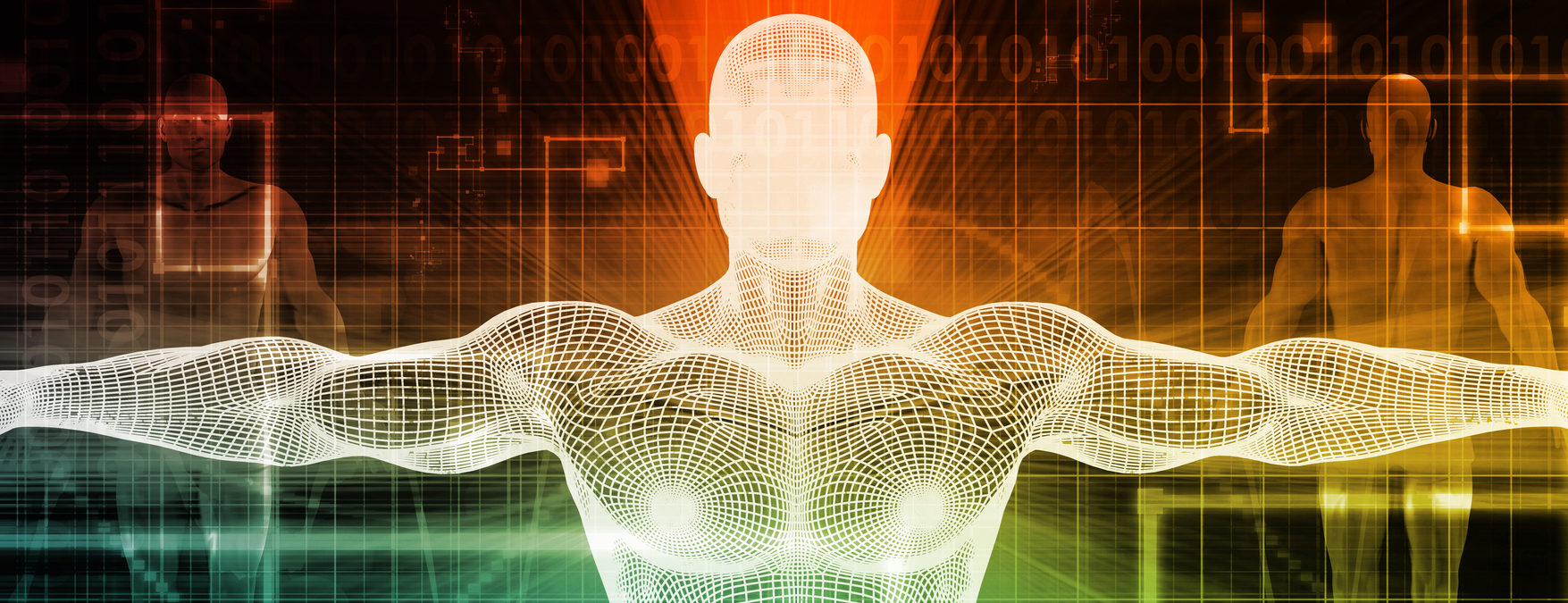Medical device and MedTech insights, news, tips and more
Robotic Exoskeleton Gives Super-Strength to Wearer by Tenfold
January 25, 2018

The United States Food and Drug Administration (FDA) recently gave its stamp of approval to Cyberdyne. But don’t worry: Skynet isn’t on the cards just yet. In fact, it’s a Japanese robotics company that just so happens to have the same name as the company from the Terminator movies, which is responsible for blowing up mankind.
What the FDA has specifically given its approval to is HAL, which is also the name of a fictitious AI villain (from Stanley Kubrick’s 2001: A Space Odyssey). Cyberdyne’s HAL is short for Hybrid Assistive Limb, and refers to a lower-body exoskeleton that can enhance users’ strength and stability. HAL involves sensors that attach to the users’ legs, which detect bioelectric signals sent from the brain to the muscles, triggering the exoskeleton to move. Cyberdyne calls it “the world’s first robotic medical device.” It has previously been marketed as a medical device in the European Union and Japan, but the FDA’s medical clearance in the United States back up HAL’s therapeutic effects.
Here at Digital Trends, we’ve previously covered a number of robotic exoskeletons that are designed to help people with lower-limb disabilities to walk again. Unlike many other of these robotic exoskeletons, HAL combines voluntary and autonomous control to aid with the rehabilitation process, with the goal of allowing people to walk without the use of it. When people use the technology, it is the individual whose nervous system is controlling the exoskeleton, not some independent control. Nonetheless, it is able to take the intention of the users and magnify their strength by a factor of 10 — supporting both its weight and that of the wearer while they move around.
Read More at the Source: FDA-approved robotic exoskeleton magnifies wearers’ strength by tenfold
By Luke Dormehl
